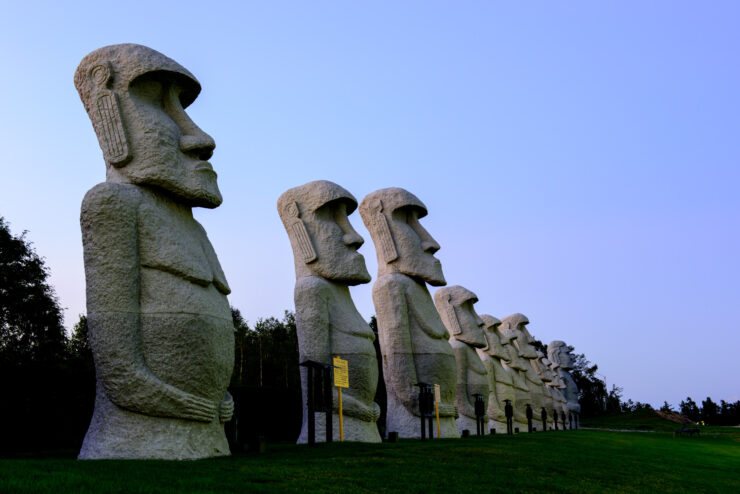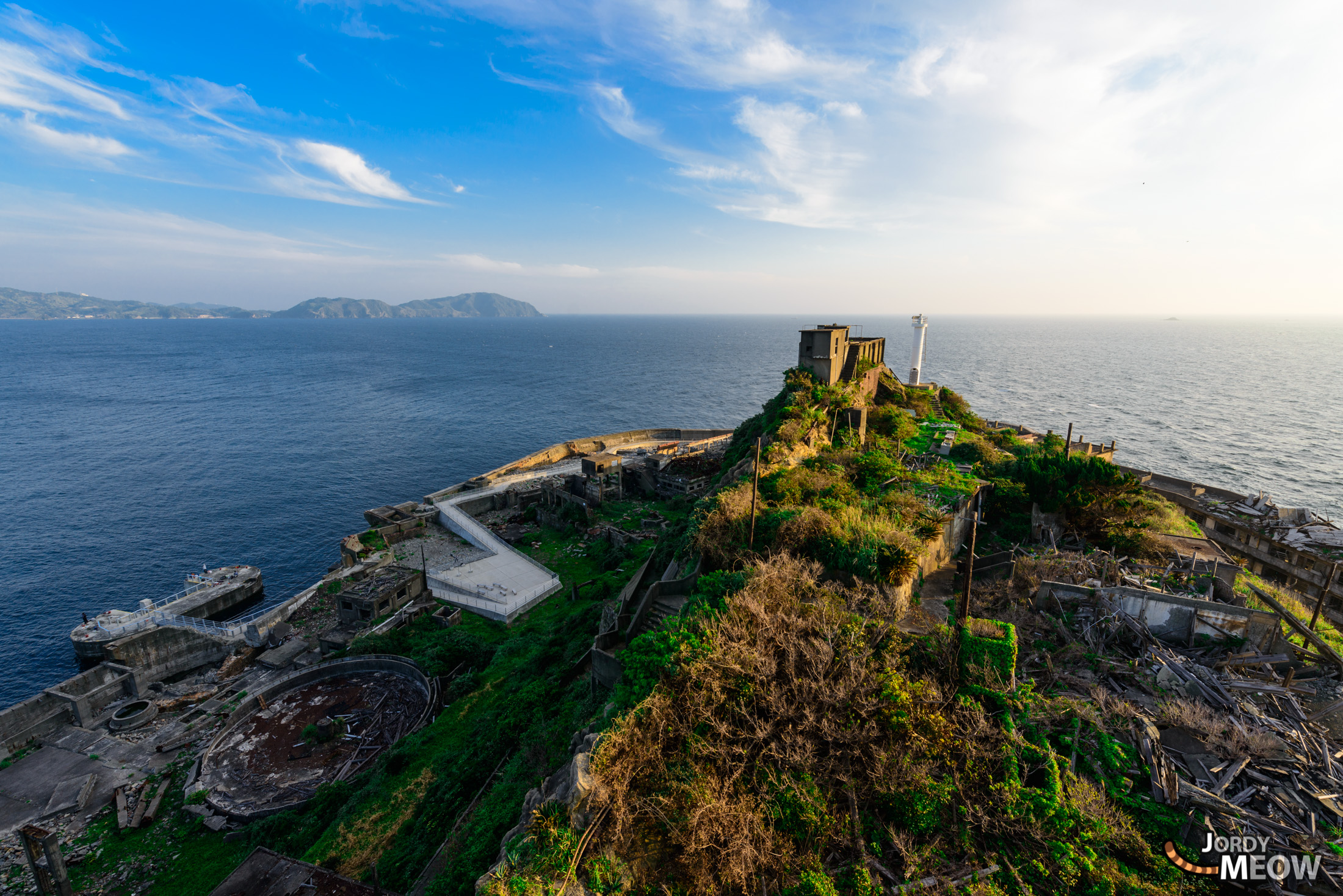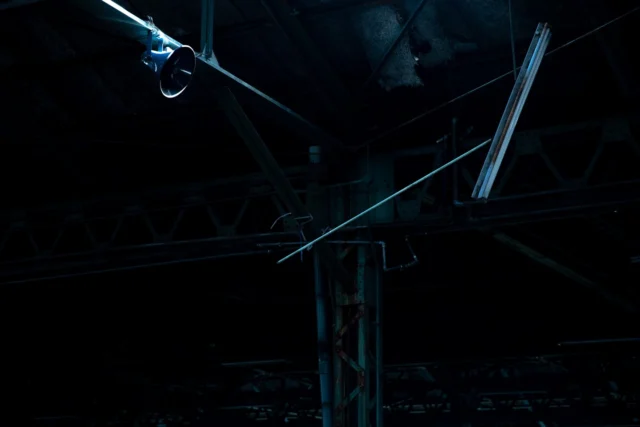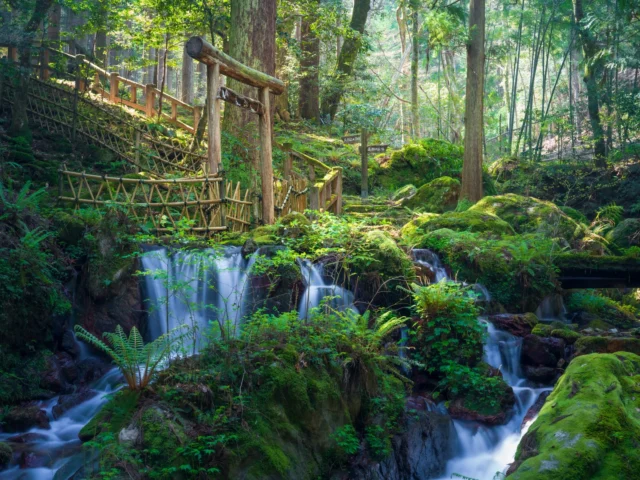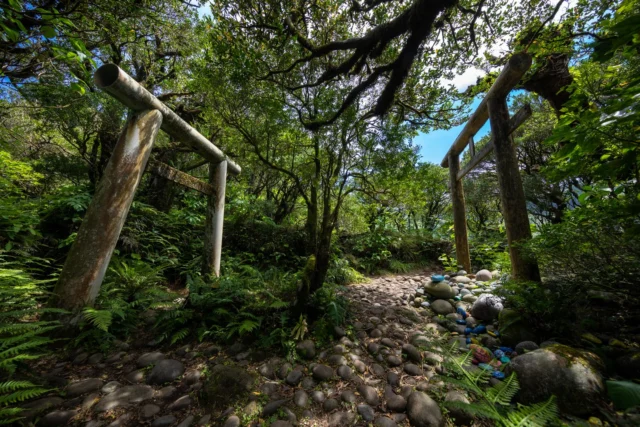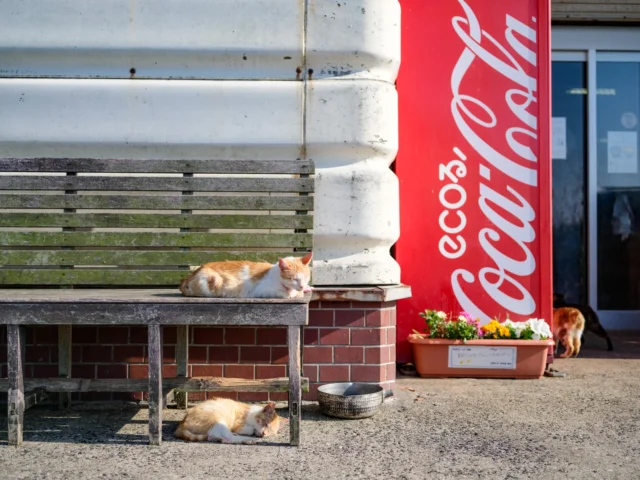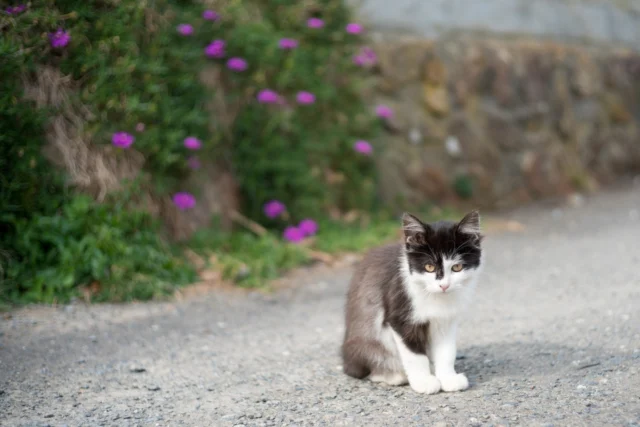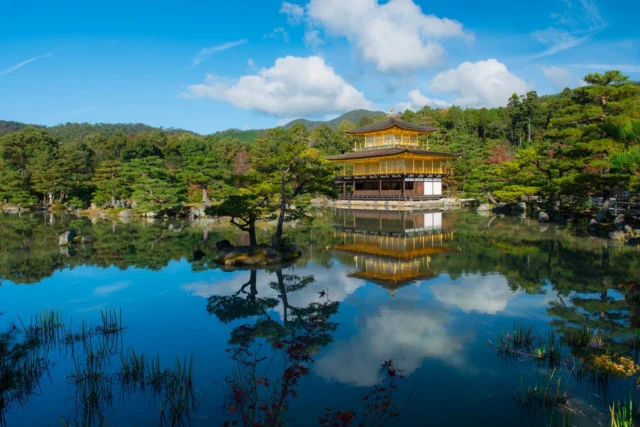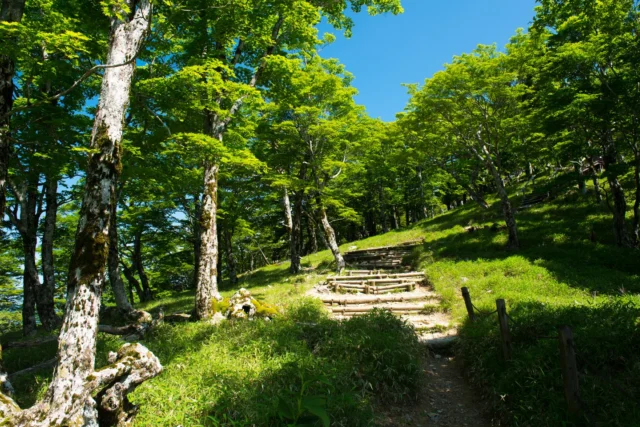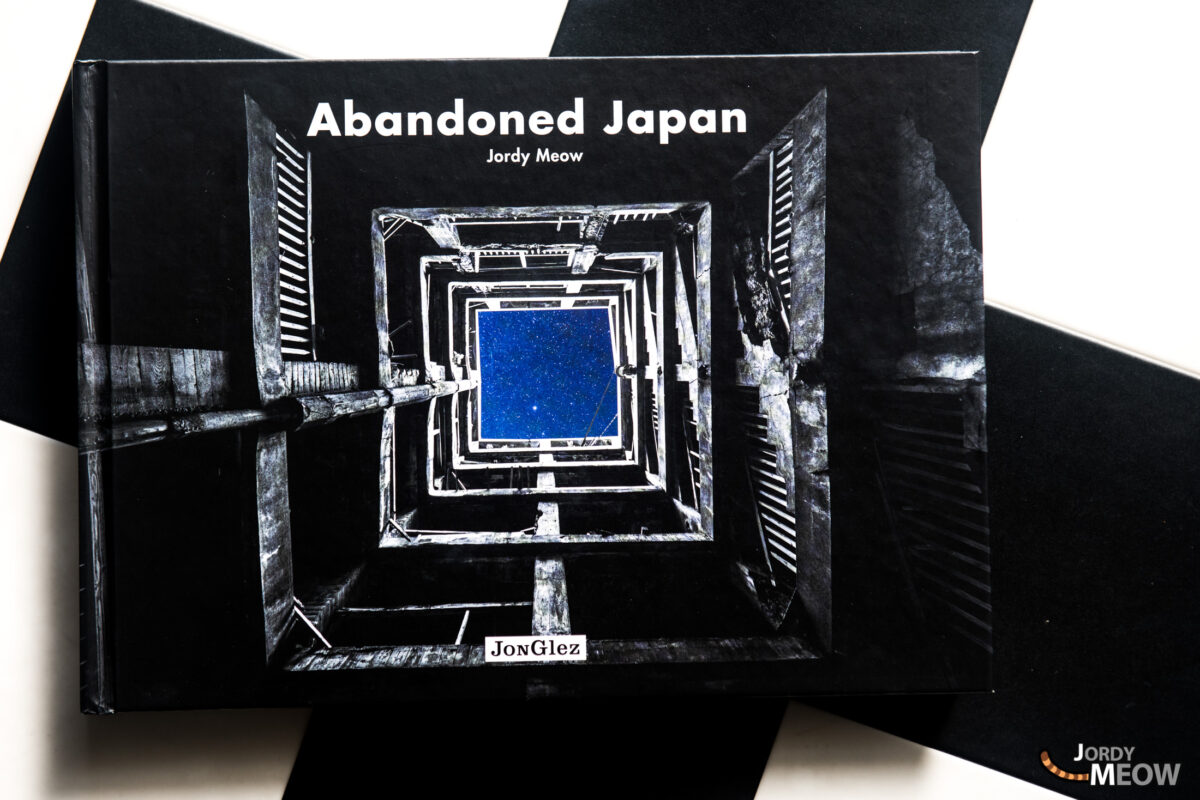… and found myself surrounded by Moai statues! A nightmare? A dream? No, but a typically Japanese thing.

The presence of these 10-metre high statues seems to be simply to catch the wandering eye lost on the gentle green slopes of Hokkaido.
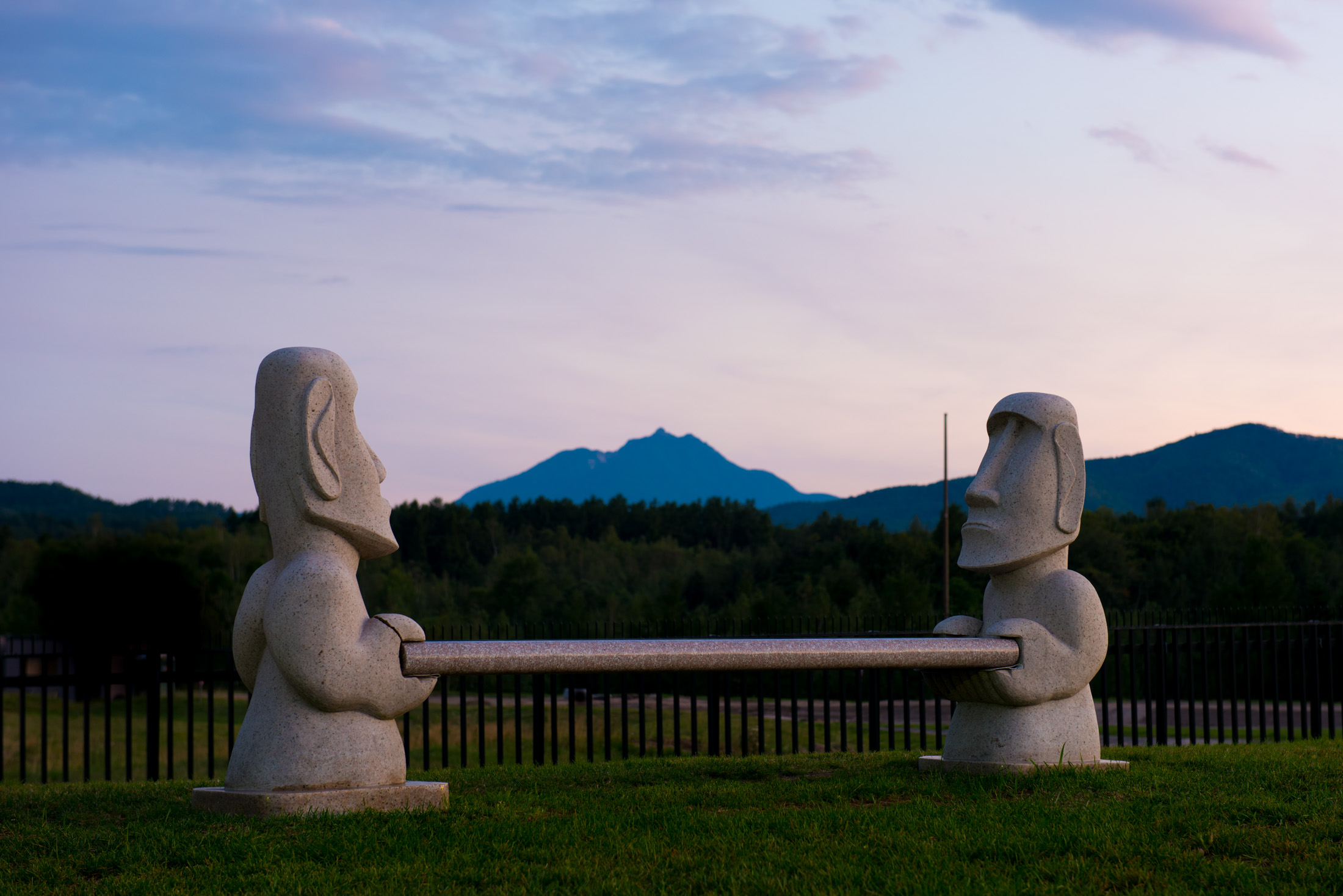
You might be surprised to hear (or couldn’t care less?) that Moai figures are scattered all over Japan, notably in Kyushu, Sun Messe Nichinan park, Hokkaido, this cemetery, Tokyo’s Shibuya station, but particularly on Nijima Island, where I’ve been so glad to unwind in the past. .
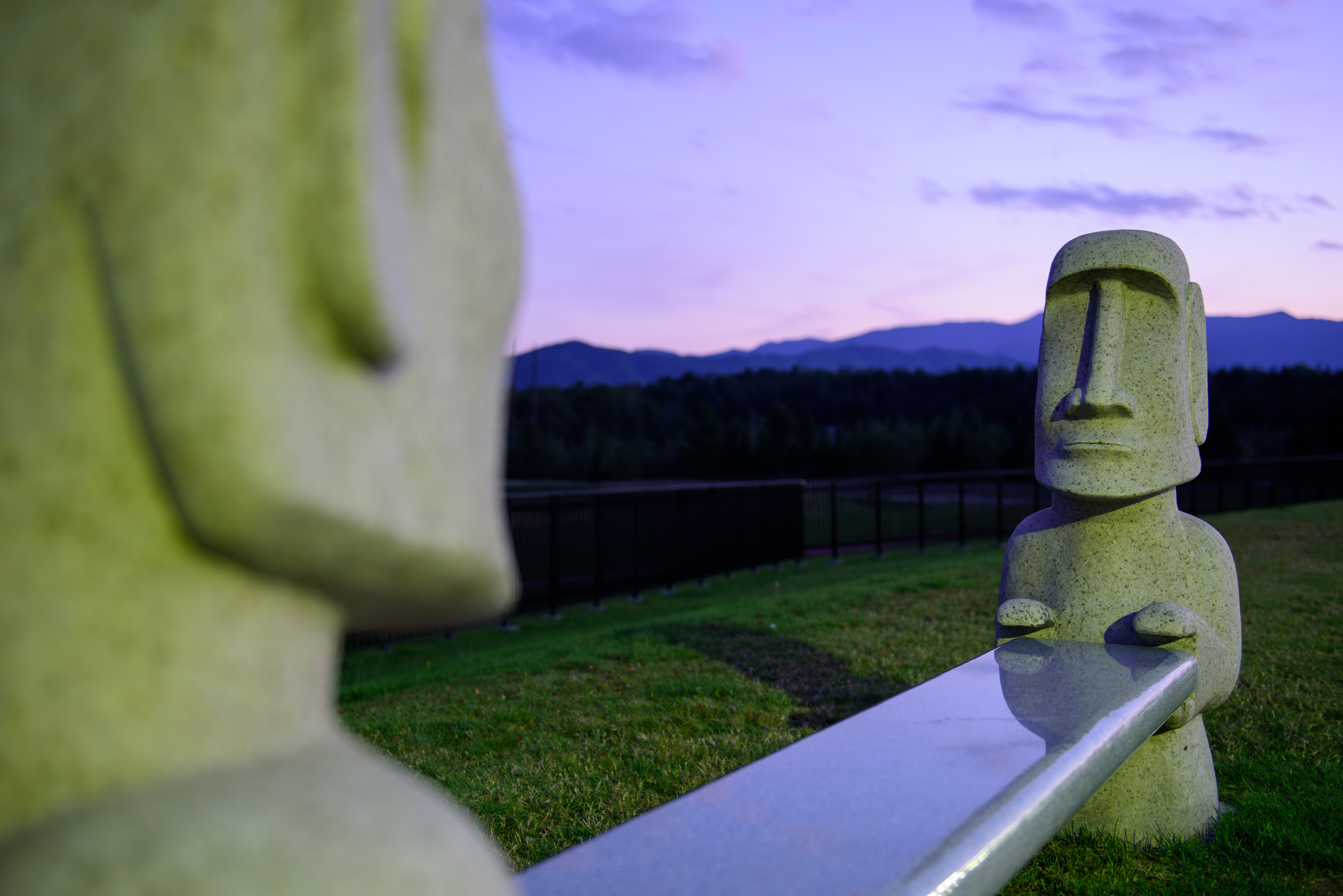
Why so much love for Moai statues? Personally, if it was up to me, I’d have replaced these haughty and imperturbable statues by others, more progressive rock, such as those on Pink Floyd’s album The Divison Bell. But from the Japanese point of view the figures are probably there to draw tourists – simple sleek bait.
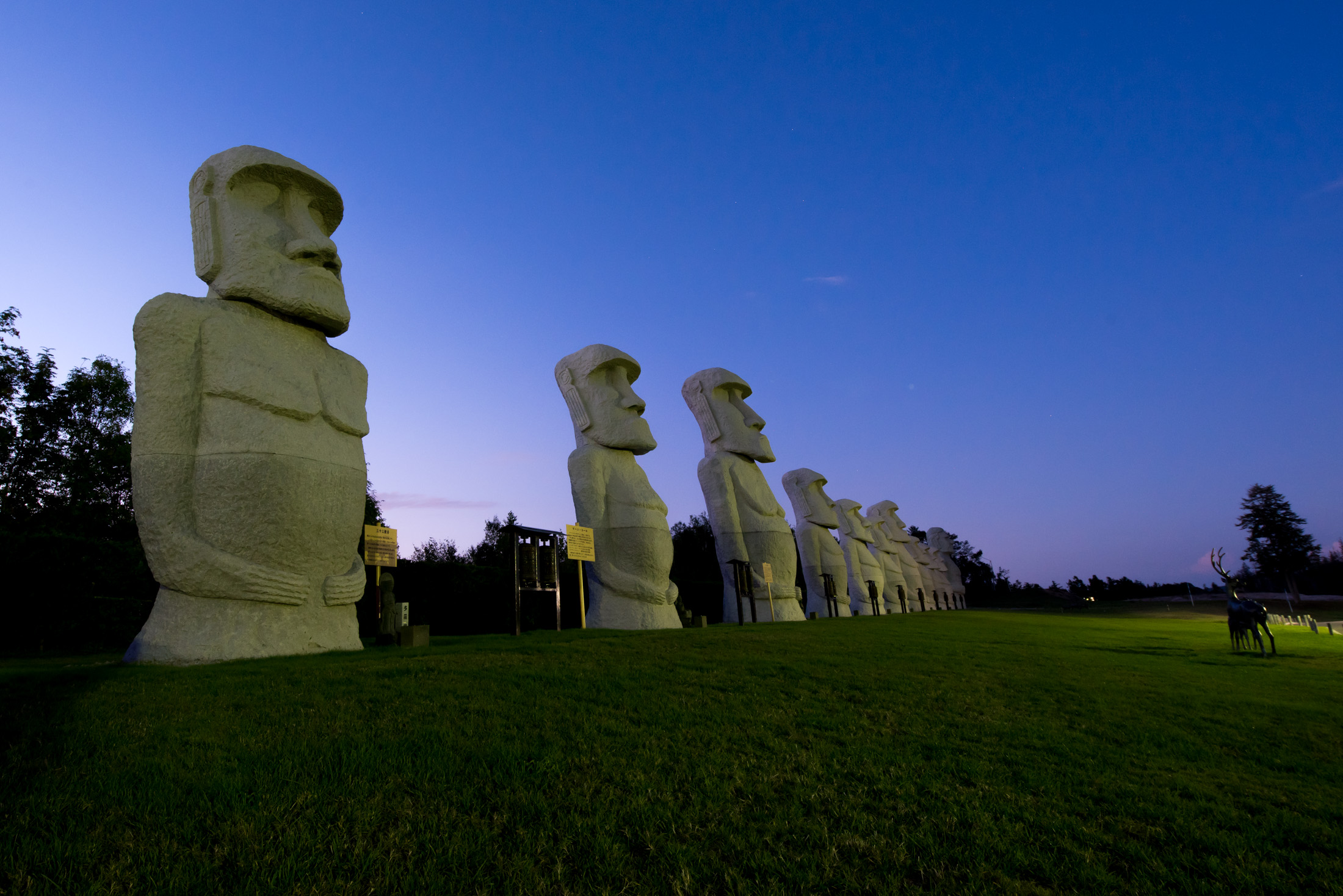
Here’s another of my theories. As Japan is closely linked to the concept of wabi-sabi (this blend of imperfection, impermanence and incompleteness), everything is in harmony (in appearance, at least) with nature. The Japanese don’t try to tame it, and often seem to be quite fatalistic.
But these Moai statues are symbols of hope. Contrary to wabi-sabi, they demonstrate a kind of perfection, permanence and completeness, a proud resistance to natural catastrophes over the centuries.
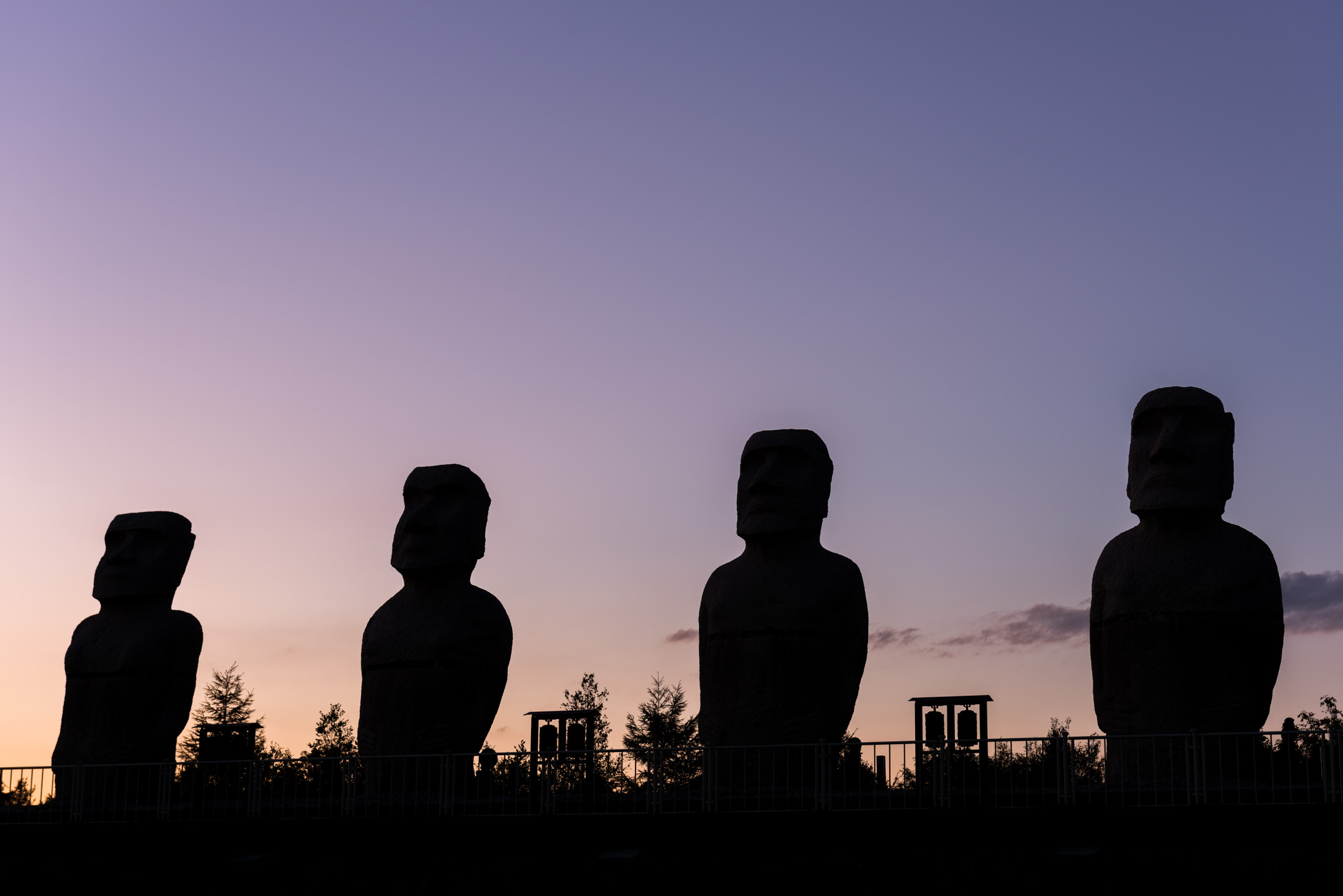
Anyway, this cemetery is a very tranquil site to visit at the end of the day. You’ll find other curiosities there, such as a replica of Stonehenge and a giant Buddha’s head. Architect Tadao Andō has done a fine job.
And for more awesome content about Japan, follow Jordy Meow on Instagram ! 🎵

